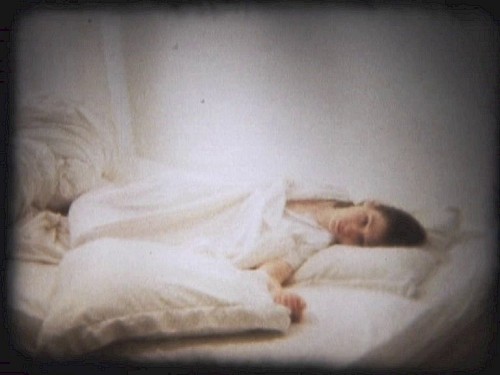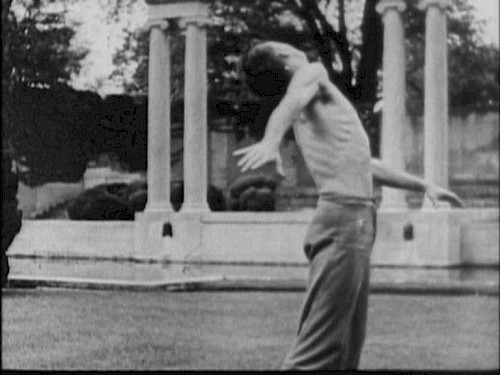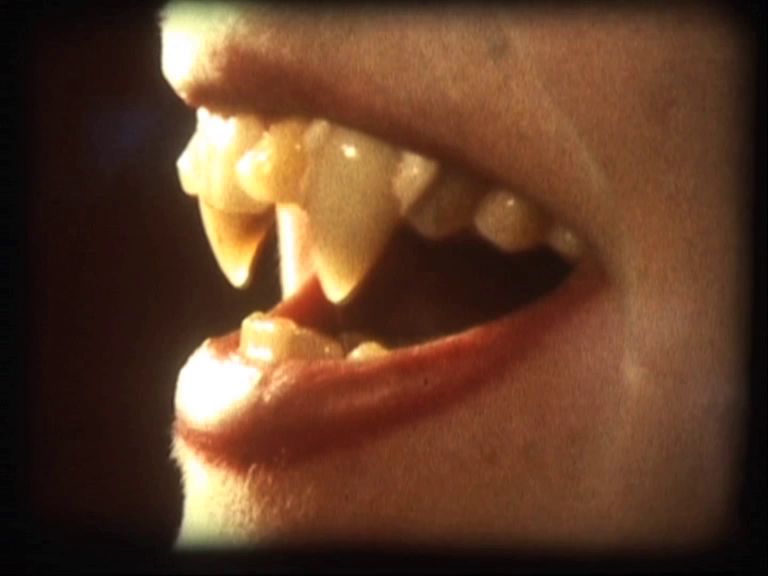In her book Sorcières, la puissance invaincue des femmes (2018), Mona Chollet traces a brief history of the links between feminism and witchcraft. She sees through the persecutions to which witches were subjected a typology of oppressed female characters that remains relevant in our time. The book also highlights the recovery of this mythical-historical figure by feminists in the 1970s (think of the slogan “Tremble, tremble, the witches have returned” of Italian activists). Danielle Jaeggi’s film, Sorcières-camarades (1971), belongs to this trend. At the same time militant film and film-essay, it corresponds to the desire to look for “collectively and individually for a feminine language”, to “change qualitatively words and thoughts, to bring a really revolutionary content” by criticizing the patriarchal glance of which is imbued the usual cinema: “A film on women. A film by women. A film for women. With a man’s camera. […] To the Woman in search of her identity the mirror of the show sends back a fragmented image”. The demystification of the audiovisual image, the conjuration of a sexist hold of the glance, passes by new forms of bewitchment.
Not calling for its part to any speech, the film of Gabrielle Reiner The Princess is indisposed, she receives nobody (2007), participates him also of a certain deconstruction of the everyday life, which would be one of the aesthetic postulates of the feminism, in echo of the famous slogan of the Movement of Liberation of the Women, “The private is political”. He represents scenes of a woman’s life in her intimacy (make-up, bath, etc.) by restoring to them a ritual dimension sometimes tipping into the fantastic.
Interested in anthropology, Maya Deren calls for a ritual practice of cinema, which would go beyond the divisions between realism, romanticism and surrealism by returning art to a collective dimension in her essay An Anagram of Ideas on Art Form and Film (1946). That same year she directed Ritual in Transfigured Time. The repetition of ordinary gestures in a frozen time gives them a ritual and mysterious appearance, which emerges under the appearance of everydayness and convention of social situations. Calypso Debrot works on a similar distortion of time, explicitly rooted in magical practices in La Maison Goétie (2019). Finally, in Shaman, a Tapestry for Sorcerers (1967) by Storm de Hirsch, whose work is almost always steeped in esoteric culture, the filmmaker makes her body, filmed naked through numerous filters and prisms, the site of a magical gaze and practice.
_
Boris Monneau
















